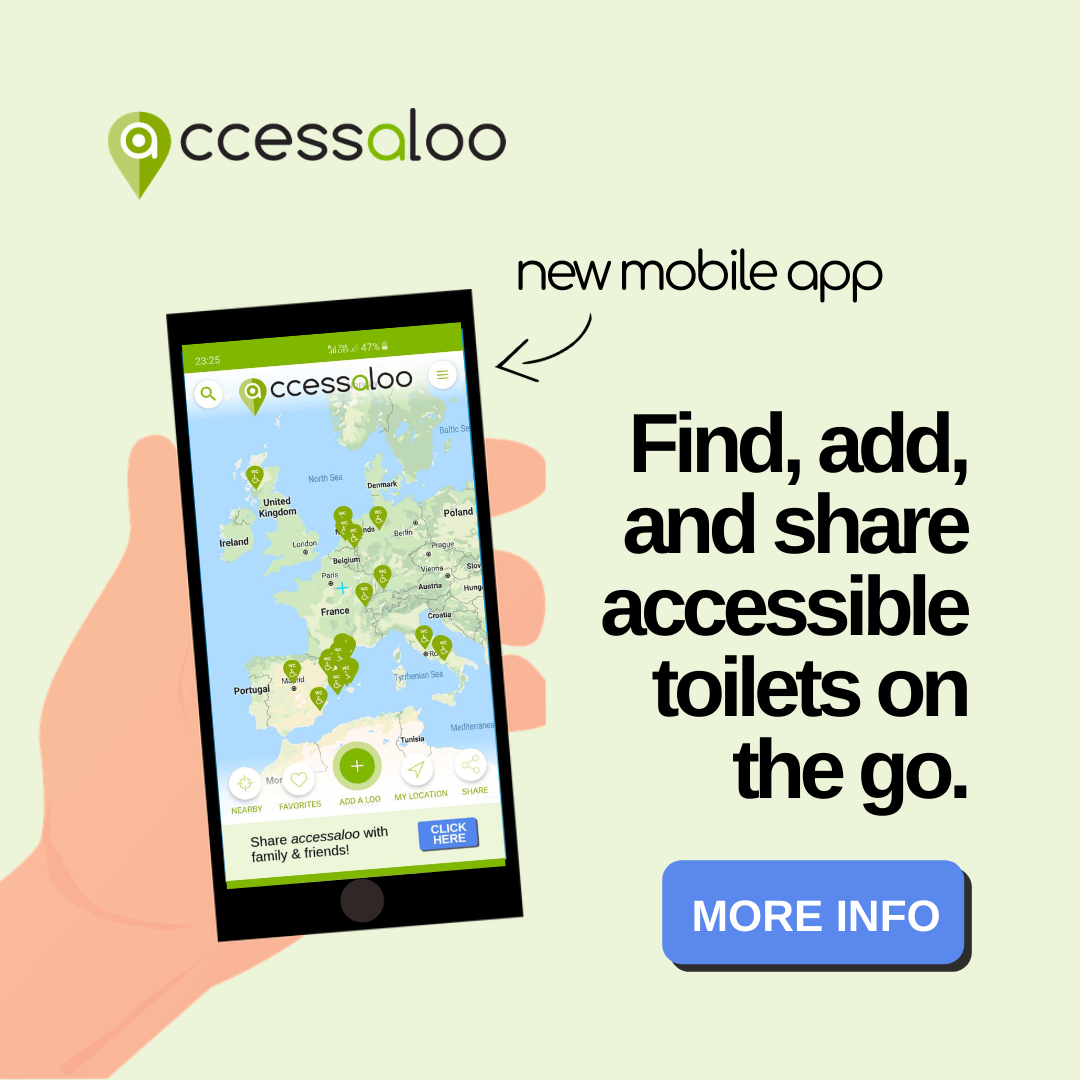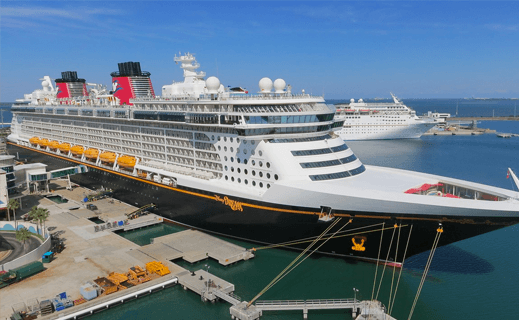In this guide, you read everything you need to know about the accessibility of Herculaneum. Many people decide to go to Pompeii since it is better known than its little brother. However, the latter is much smaller and better preserved. Read background information about the site, there is a map at the bottom of the page, and learn how wheelchair accessible Herculaneum is. Including photo’s so you can decide the level of accessibility for yourself.
Subjects you find in this guide:
(Click on the name and jump to your preferred topic)
About Herculaneum
In the year 79 AD, one of the greatest natural disasters of ancient times took place. The eruption of Vesuvius caused a rain of ash to descend over the city of Pompeii. Later that day, the town of Herculaneum would be hit by a massive flood that covered the city with a devastating layer of mud and lava.
Herculaneum was originally an old fishing town. The coast of Campania was discovered by wealthy Roman citizens who built their luxury villas here. An estimate of 4,000 people lived in Herculaneum at the time of the volcanic eruption. Due to this eruption, the town was wiped off the map at once.
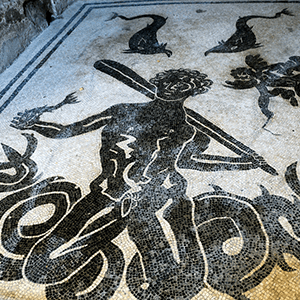

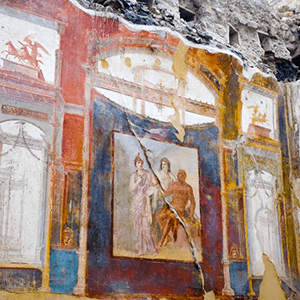
Excavations
In the years following the eruption, the fertile soil at the foot of Mount Vesuvius was used to grow crops. Slowly a new town arose. Some knew what was hidden deep underground; however, after a while, everyone had forgotten about the old city. Until in 1709, the ancient Herculaneum was discovered by accident during the construction of a well.
Although Mount Vesuvius would erupt several times in the nineteenth and twentieth centuries, they kept the excavations going around the volcano. At that time, tourists mainly went to Pompeii, as Herculaneum was hard to access at the time since you had to descend into deep shafts to see the buildings. Today about one-third of the city is dug up and open to the public, making a visit much more comfortable.
Preservation
Herculaneum is a fully preserved Roman city. The thick layer of mud that covered the city ensured the good preservation of the buildings. The same goes for the beautiful mosaics and murals, and even buildings with different floors. The somewhat less fortunate Romans lived in these ‘ancient flats’ on the upper floors. They did not have a kitchen or courtyard but lived in the middle of Herculaneum.
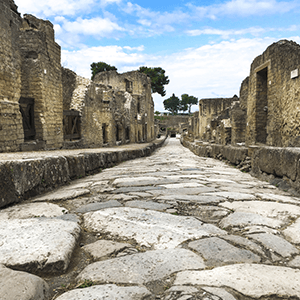

Herculaneum Life
In Herculaneum, you walk/roll over the flat paved streets made of stone. With brick houses on both sides. When you take a look inside, you see beautiful paintings on the walls and very well preserved wooden roof beams. In other homes, you see floors that are decorated with extraordinary colored mosaics.
The excavations in Herculaneum reveal a lot about daily life in Roman society. For example, you see the preserved amphoras that were used to keep food warm. And you can see the baths in the old bathhouses. Some houses have stairs to the higher floors. In many other excavated Roman cities these upper floors were destroyed. While in Herculaneum, because of the mudflow, these are well preserved.
Most of the residents of Herculaneum were able to get away safely by sea. Hardly any bodies were found in the city. Only at the old boathouses, you can see the skeletons of the people who were too late and did not survive the disaster.
How to get there
One hundred forty-three miles (230km) from Rome, under the smoke of Mount Vesuvius, you find Herculaneum. You can get there by adapted taxi, with a wheelchair accessible tour, or by train. The train takes about 1.5 hours, and you need to change trains in Naples. For more information and to book train tickets click here. You can also go by accessible taxi. Since adapted vehicles are not available at the taxi rank, you need to make your arrangements prior.
Another option to explore Herculaneum is via a wheelchair accessible tour. Your driver will meet you at an agreed location in Rome or Naples and bring you to Herculaneum with a wheelchair accessible vehicle. At the site, you get a private tour by an officially licensed guide who shows you the way and tells you everything you want to know about the ruins of Herculaneum. At the end of the tour, your driver brings you back to the location where you first met. For more information on wheelchair-accessible tours to Herculaneum, click the button below.
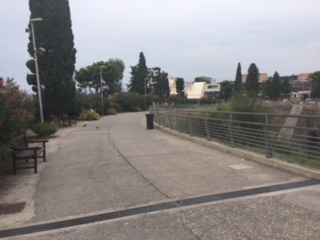

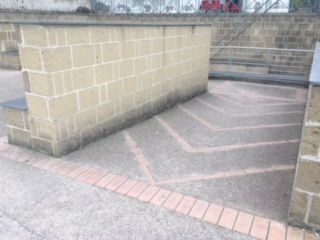

Accessibility
That Hercaluneum is much better preserved than Pompeii can be seen by how much of the area is still intact. When entering the site, you see painted walls, remains of long streets, and double story houses. You see furniture in the homes, and some stores have their amphoras still waiting for customers, after 2000 years.
The main streets of Herculaneum are mostly smooth. It can be a bit of a puzzle though, to find your way, but you avoid getting lost or stuck when you stay on the main roads. There is no accessible route, so be prepared that you may need to return the same way as you came from to make it to the next side street. Along with the site on the top level, there is an accessible path that gives you a beautiful view of the excavations. You go down via a wide ramp where you find several metal bridges installed that connect the old sidewalks. When you look up from one of the roads, you will see Mount Vesuvius emerge in the background.
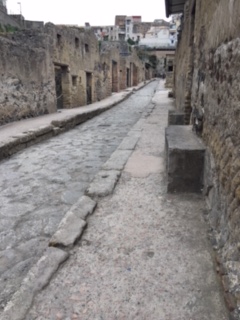
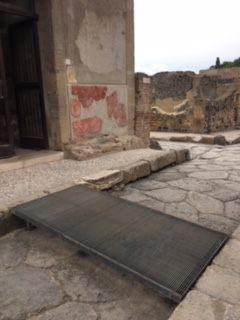
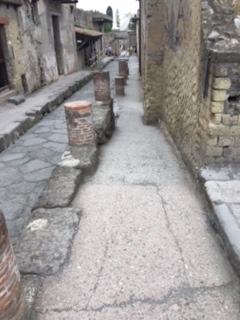
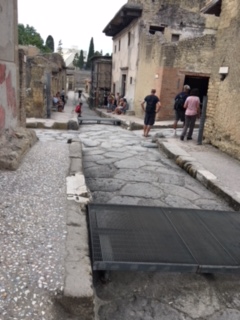
Accessible bathrooms
At the site, you find three accessible bathrooms. These are located at the entrance, visitor center, and ticket office. At the site itself, there is no bathroom, so if you need to go, you need to do this before you go down or when you return. On the map, only one bathroom shows as wheelchair accessible. This is incorrect. All three bathrooms are accessible for wheelchair users. Take into account that the one at the main entrance is only available with a key that you have to ask for first. You can find the exact location, and more pictures of the facilities of the accessible bathrooms in our app ‘accessaloo’.
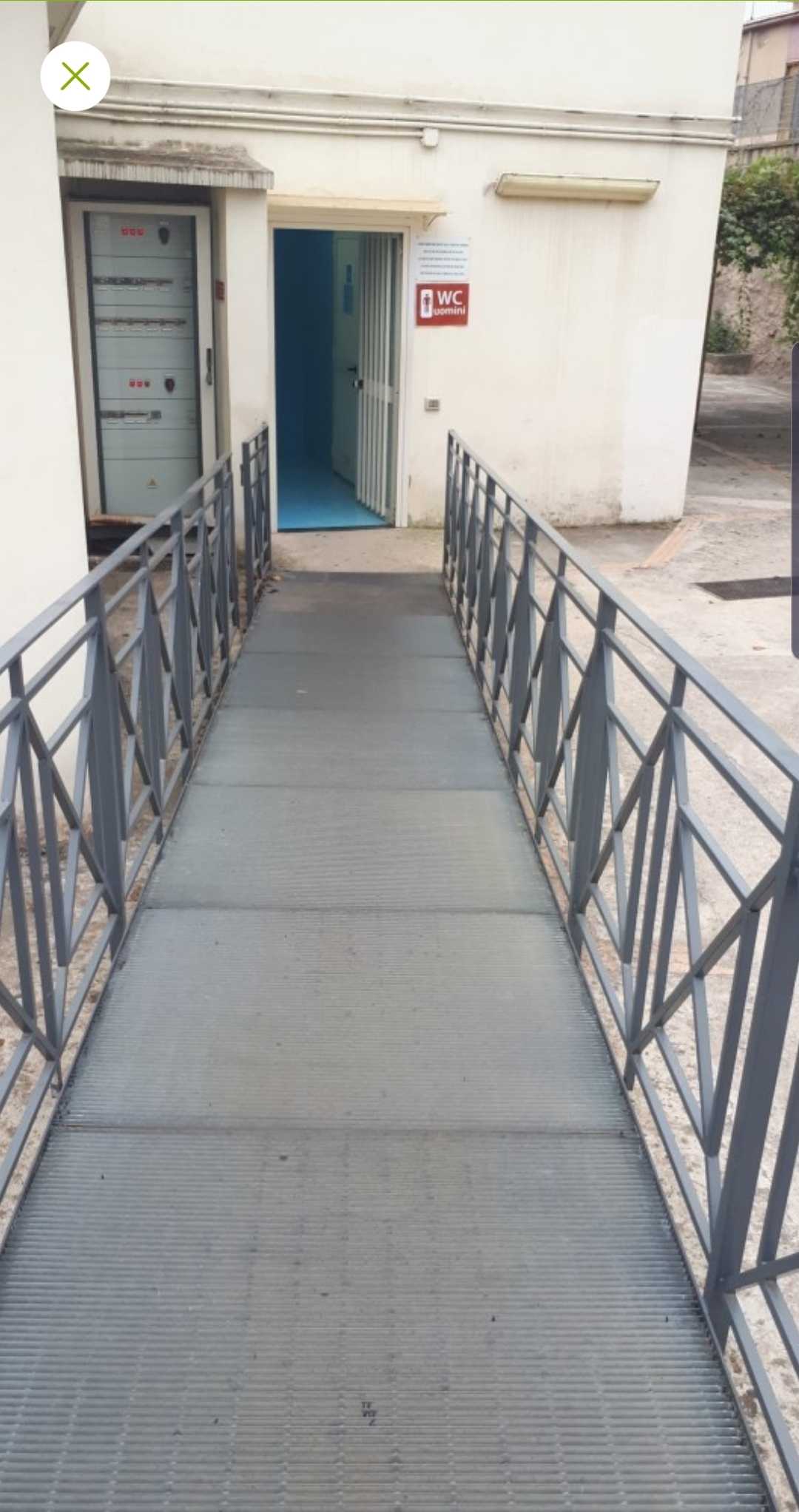
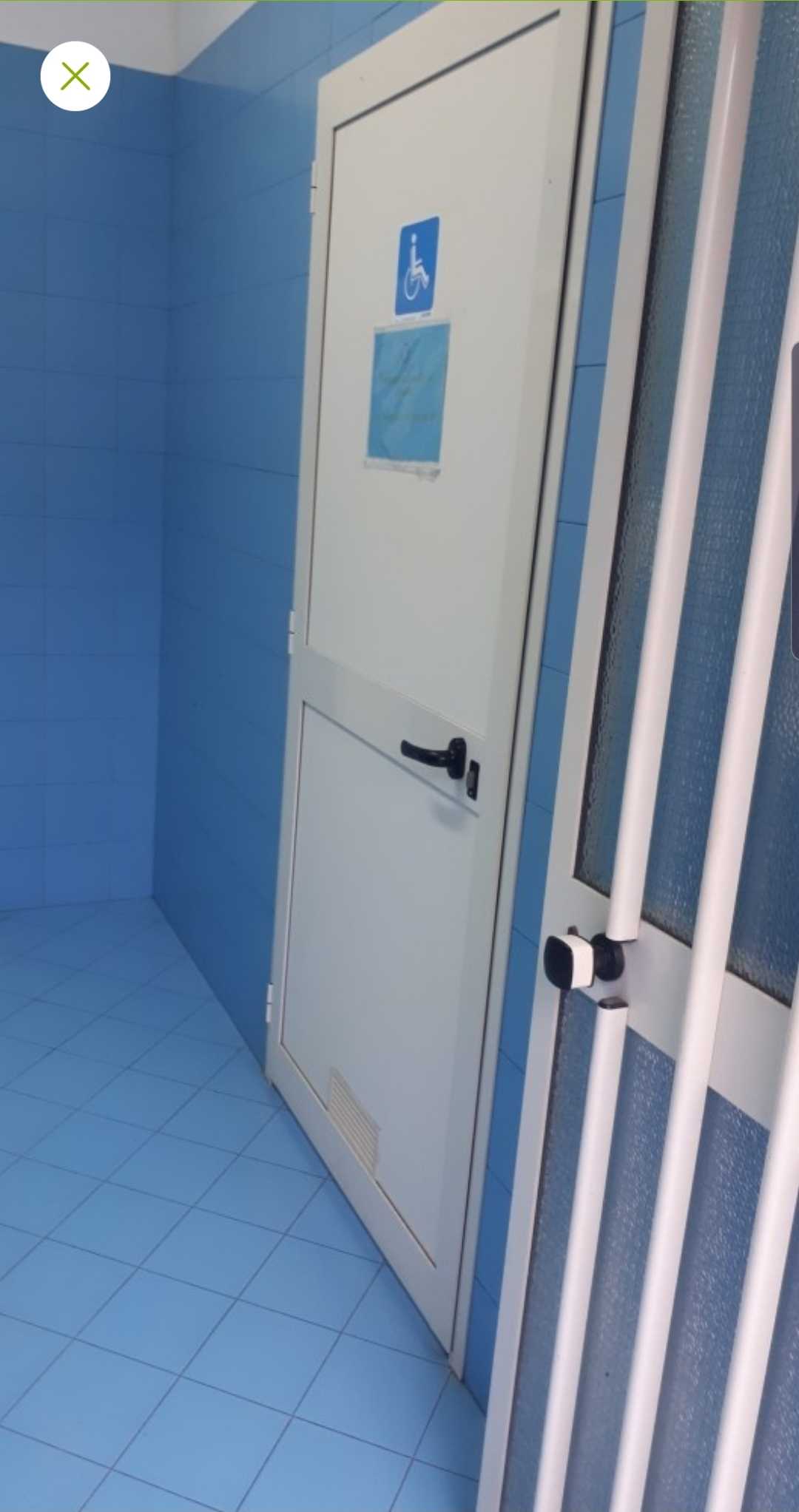
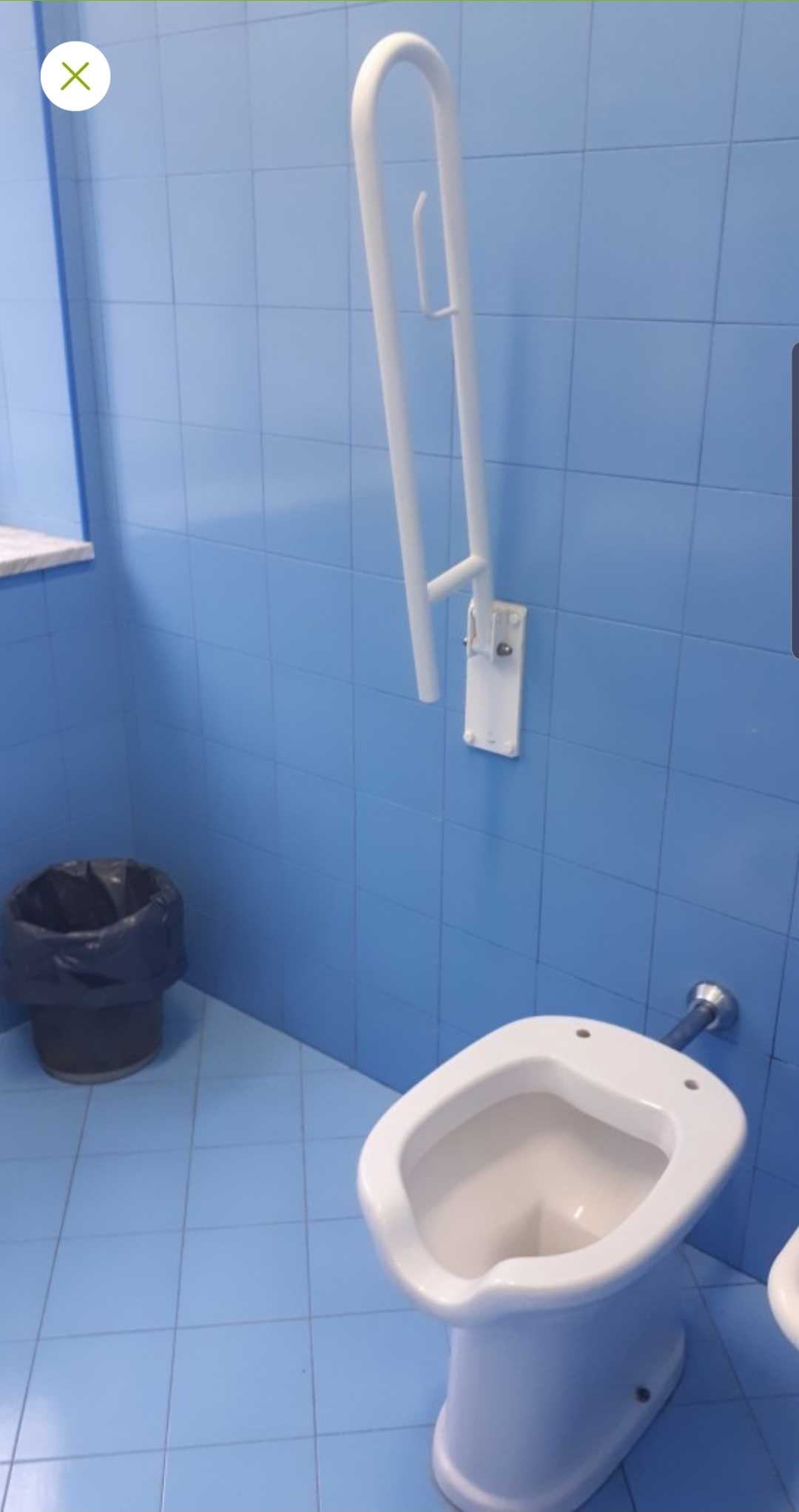

Free access
Like many other archeological sites in Italy, Herculaneum offers free entrance for wheelchair users and one companion. This companion can be a family member or an accompanying caregiver in possession of employment evidence for health and social-care assistance services. You can get your tickets at the ticket office or online. To get free access, you need proof of your disability, so bring your disability tag.
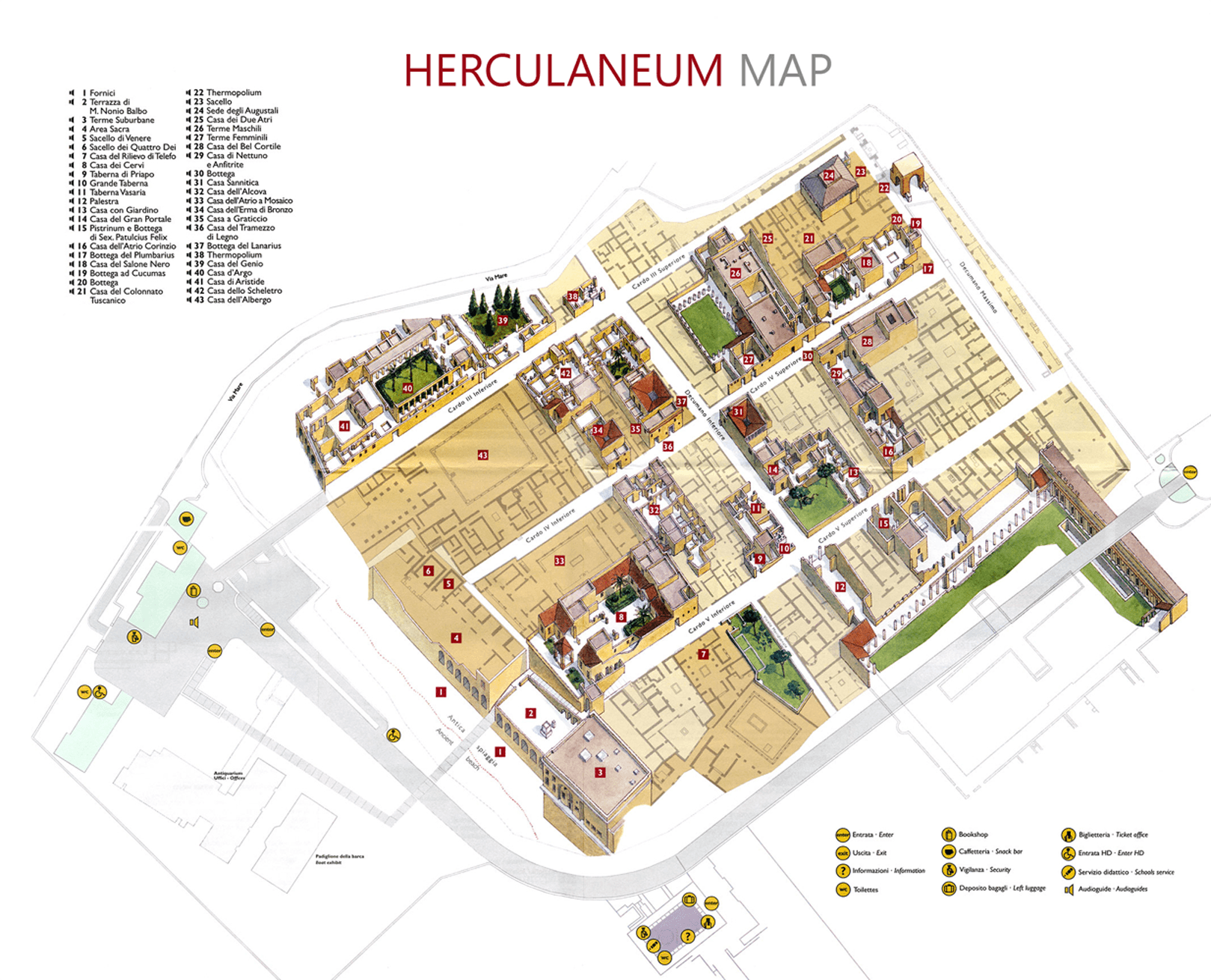
Get inspired, continue reading
- Wheelchair Accessible Cultural Highlights of Spain
- Explore Disabled Accessible Travel’s destinations
- Accessibility guide of Acropolis and Museum
- Disabled Accessible Travel Expands Accessibility Services with Launch of Mobile App ‘accessaloo’
- Wheelchair Accessible Transfers
- Accessibility of St. Petersburg
- Mobility Equipment Rentals
- 7 Wheelchair-friendly Restaurants in Barcelona
- Everything You Need To Know About Tipping In Europe
- Nova Icaria And 4 Other Accessible Beaches Barcelona Has To Offer
- Accessibility guide Alhambra
- Accessible Train Tickets in Spain – Renfe
- Accessible islands in Europe
- Top 8 Accessible Destinations in Europe
- Accessibility guide Parliament Budapest
- A useful guide to European toilet keys



